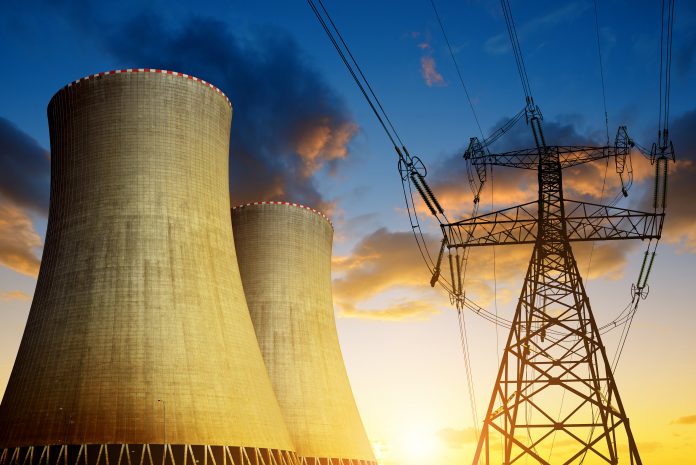
Researchers have long been looking for new ways of producing nuclear power. However, this area of research is fraught with problems, not the least of which are time and money.
But there is progress being made. According to Texas A&M Today, “Researchers in the Nuclear Engineering and Science Center (NESC) at Texas A&M and the U.S. Department of Energy’s (DOE) Idaho National Laboratory (INL) have partnered with Clean Core Thorium Energy (CCTE), a Chicago-based company, to fabricate a proprietary thorium-based nuclear fuel called Advanced Nuclear Energy for Enriched Life (ANEEL). This fuel is a combination of thorium and high-assay low-enriched uranium and addresses issues including cost, safety, proliferation and waste management.”
Traditionally, nuclear power is created by splitting uranium atoms. Thorium could be an improvement on tradition. It was discovered in 1828 by a Swedish chemist named Jons Jakob Berzelius. And although despite his having never lived to see the latest round of super-hero movies, he named his discovery Thorium after Thor, the Norse god of thunder. It is roughly three times more abundant than uranium, and it has a higher melting point and a lower internal operating temperature making it safer, as well.
Reasons to embrace nuclear power
Nuclear power already has three significant advantages over all other large-scale forms of energy:
- No emissions. The splitting of uranium atoms creates heat, which spins a turbine and thereby produces electricity. The process creates no emissions.
- Small footprint. Nuclear power produces more power on less land than any other clean-air source. Wind power would require 360 times more land, and solar power would require 75 times more land than one 1,000 megawatt nuclear facility.
- Minimal Waste. All of the used nuclear fuel from 1960 to today would cover just one football field and still be only 30 feet deep.
Texas A&M Collaboration Leads the Way
Texas A&M and its partners will be responsible for making nuclear power even cleaner, safer and more accessible than ever before. “With this collaboration, ANEEL-fueled PHWRs/CANDUs could provide abundant, safe and clean energy in order to build a path to development and dignity for emerging nations,” said Mehul Shah, founder and CEO of CCTE.














